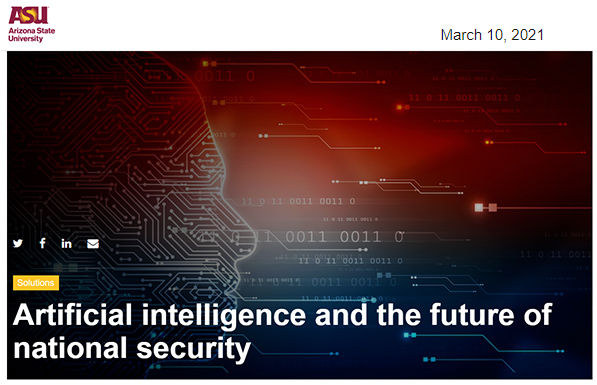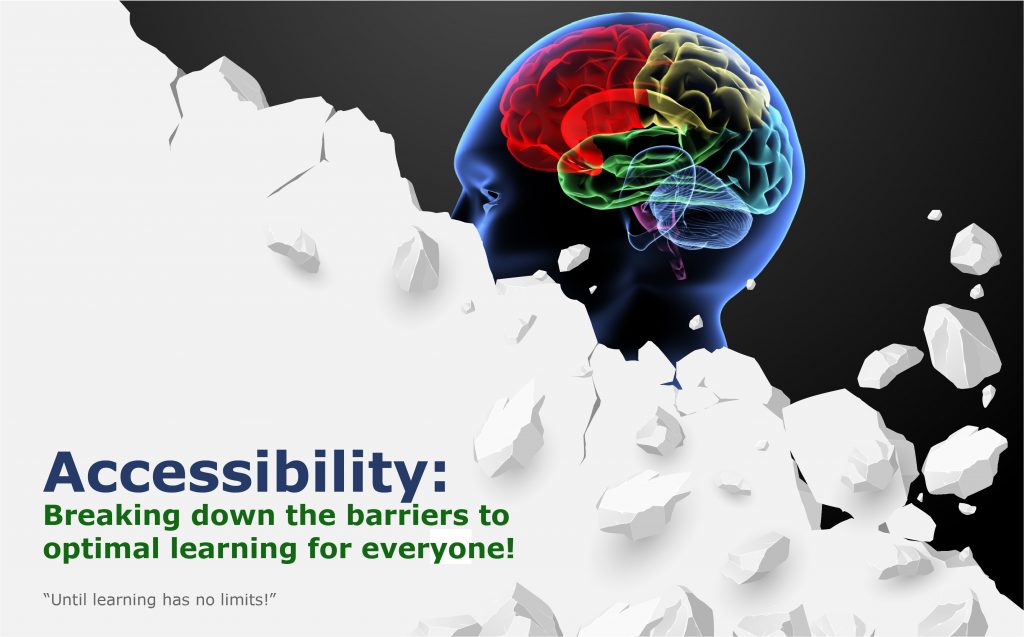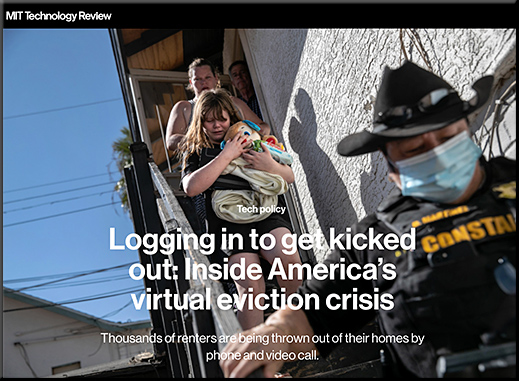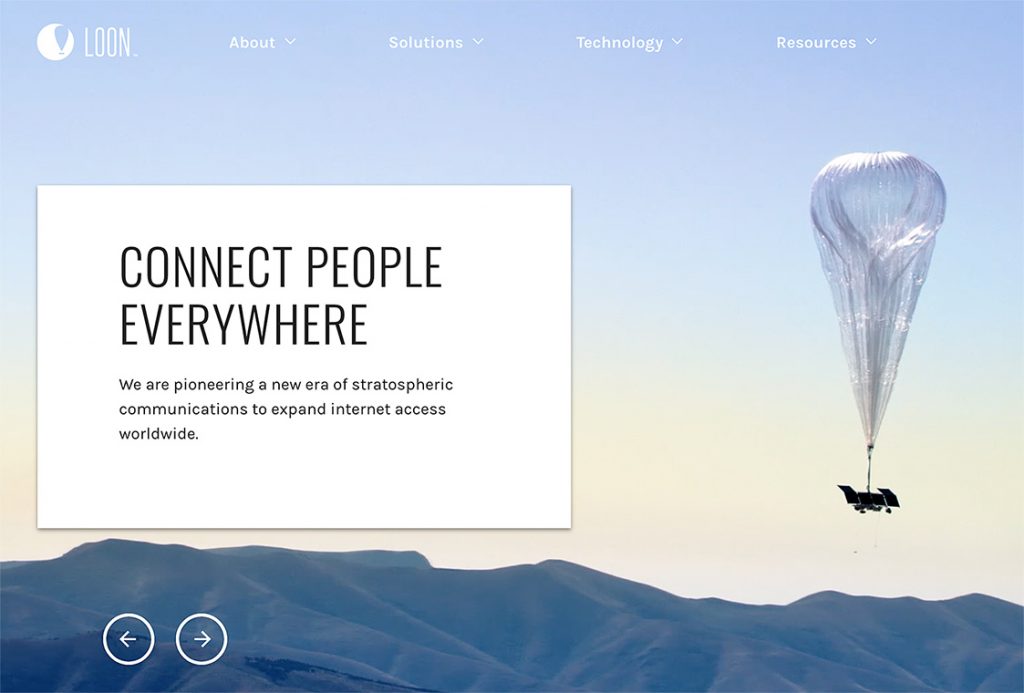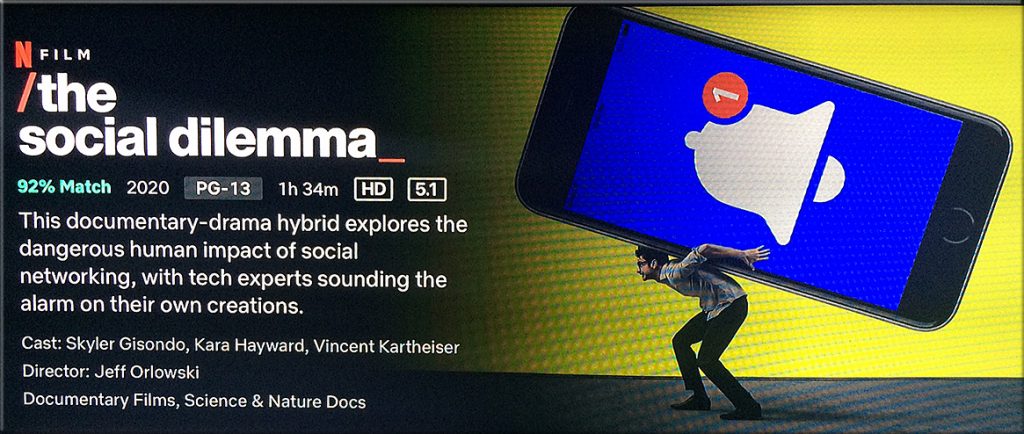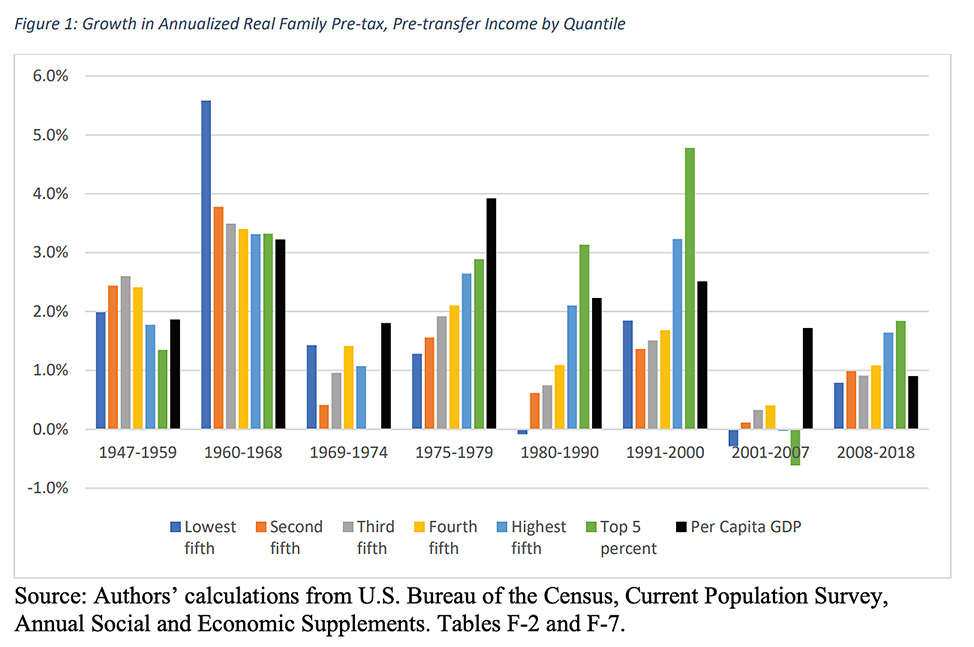A lack of devices but a heroic effort by teachers — from global-edtech.com by Dorothy Lepkowska
EDUCATE webinar hears how countries coped with the Covid school shutdown
Excerpts:
As in many countries, including the UK, schools and students in Portugal were hindered by a lack of devices, Huge Fonseca, an EdTech innovator, told the webinar. He said teachers were “superheroes” and did what they could to connect with pupils, including distributing work on bicycles.
He said: “In Portugal there is a lack of devices and a lack of teacher training. The profession is among the oldest in Europe, and half of teachers are more than 50 years old. There is no government support to develop them, and if you leave teachers without learning new skills for 20 years or more then it is hard for them to adapt. We need more young people to go into teaching.”
In Uruguay, more coherence was needed between the distribution of technology and teacher training.
…
Meanwhile, in Brazil, there was a roll-out of technology but little training for teachers.
…
In Zambia, however, the pandemic offered an opportunity for project-based learning to address some of the problems faced by communities.
She said the pandemic had shone a light on the heroic work of teachers and there was a “shift in perceptions about teachers, and the importance of face-to-face teaching as a valued part of civil society”.
Also see:
- AI in Tertiary Education: National Centre for AI launched today — from global-edtech.com
Artificial Intelligence | UK
Welcomed by multinational tech companies, a national centre for AI in tertiary education has been launched by Jisc and supported by universities and colleges throughout the UK









